California needs public infrastructure, but not a bullet train
By Dana Goldman and Richard Green
One of the legacies of the Brown family is its willingness to invest California’s money in the future. Pat Brown built the State Water Project and poured money into a national model for public higher education.
His son, Jerry Brown, backed the Delta tunnels and signed a gas tax hike to raise about $50 billion over 10 years for roads and other transportation. As he rightly noted: “Whether it was the Roman Empire or the United States of America, roads are the key to a nation’s greatness.”
The governor is also the chief supporter of the $77 billion project to build high-speed rail from Los Angeles to San Francisco. Construction is already underway, starting with the dubious choice of a route from Madera to Bakersfield. Current financing comes from $9 billion in state bonds and $3.5 billion in federal grants. Brown and his allies hope that the remaining billions needed for completion will eventually come from additional sales taxes and other sources.
But under Brown’s leadership, California has failed to address its other unfunded infrastructure needs, totaling more than $750 billion.
Economics teaches us that we should invest whenever the rate of return justifies the costs, which isn’t always easy to measure for public infrastructure. While being whisked from L.A. to San Francisco in less than three hours sounds pretty good, is high-speed rail the best investment for California?
Given scarce funding, we ask Brown’s successor as governor to consider the following alternative projects:
1. Provide renewable energy for all residents. India just built the world’s largest solar farm in eight months. California’s 550-megawatt Topaz Solar Farm can power about 180,000 homes in San Luis Obispo. Costs are lower so we could probably build enough capacity for all 13 million California households before the 2033 completion date for the bullet train.
2. Invest in parks, schools, and drinking water. For the price of the bullet train we could simultaneously address all the unmet needs in California’s public parks, close the gap in school construction expenditures and meet all of the state’s drinking water infrastructure needs over the next 20 years.
3. Offer free college tuition to reduce income inequality. Probably the best way to counteract the growing income gap is to promote college degrees, and no one does it better than the University of California and the California State University systems. The state could take that $77 billion for high-speed rail, put it in a trust fund and cover full tuition for all in-state University of California undergraduates.
4. House the homeless. Again, putting the money into a trust, we could issue housing vouchers for $1,000 per month to all the state’s 114,000 homeless.
Brown did California a great service. He took office with a $27 billion deficit, and is leaving with a $6 billion surplus. Instead of a plaque in the state Capitol, we should honor his legacy -- and his father’s -- by continuing to invest in projects where the vision and the benefits best justify the costs. High speed rail is not one of them.
The original article can be found here.


